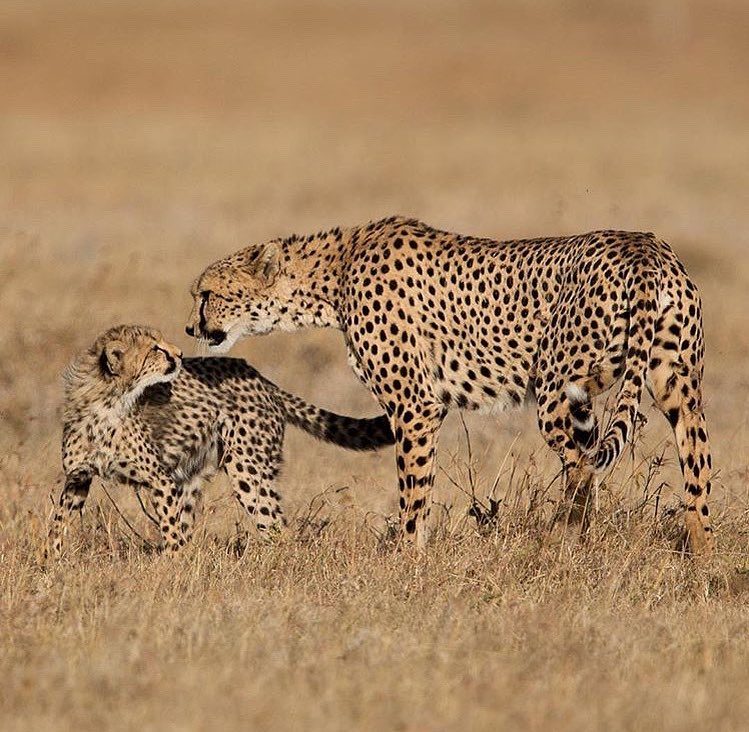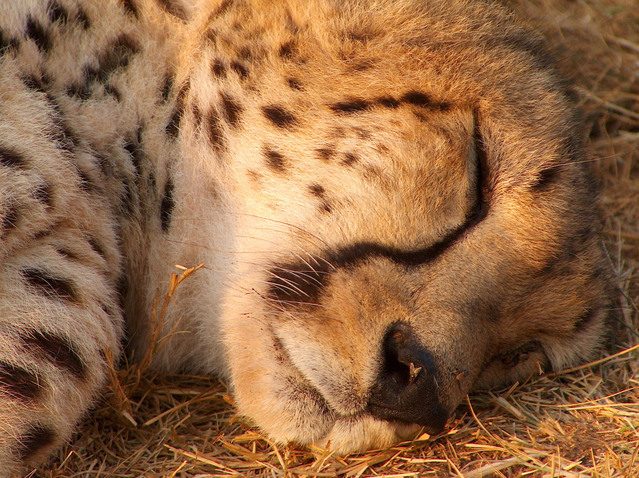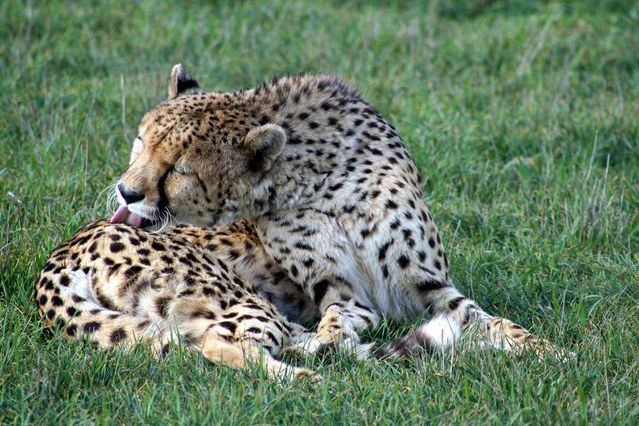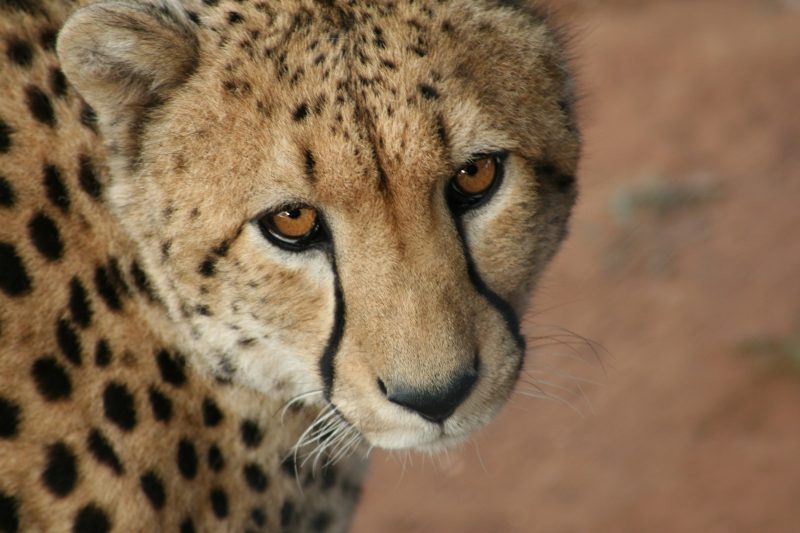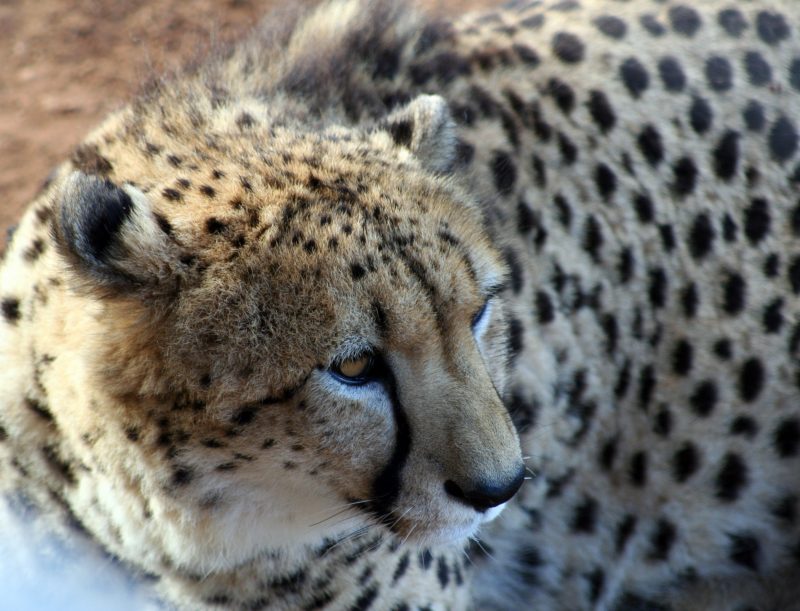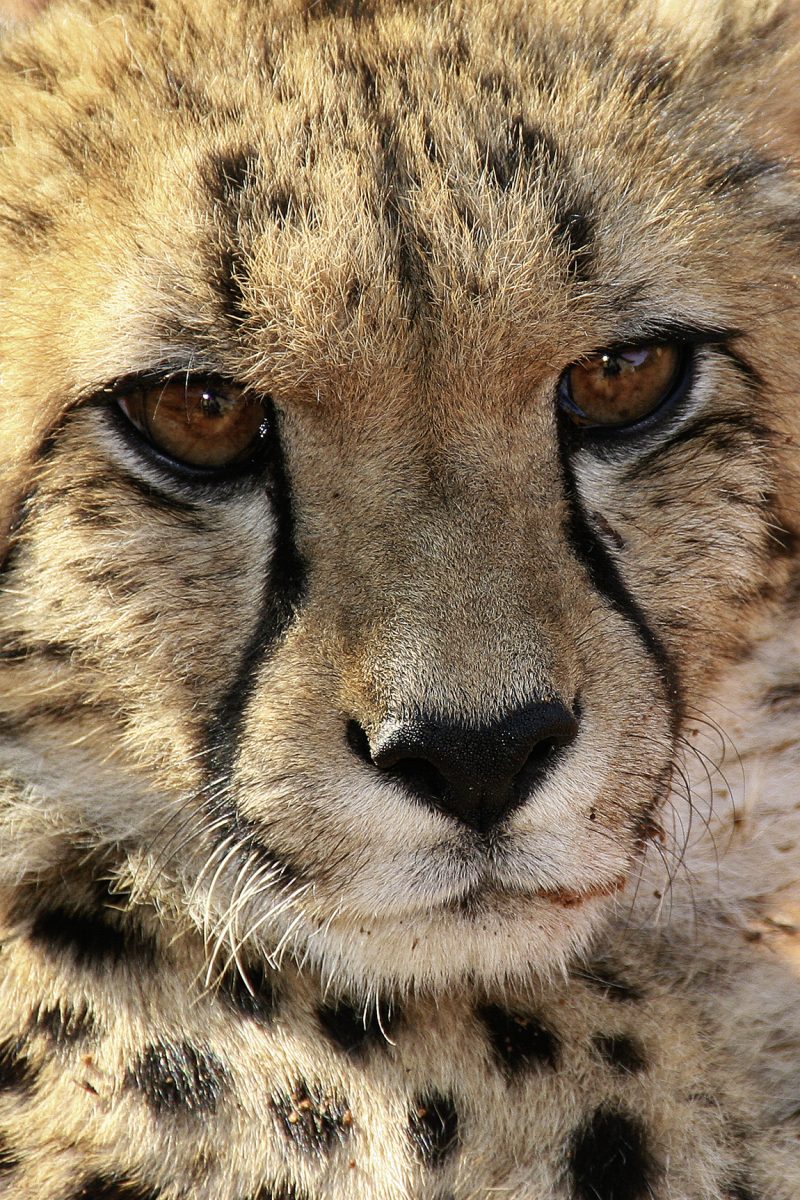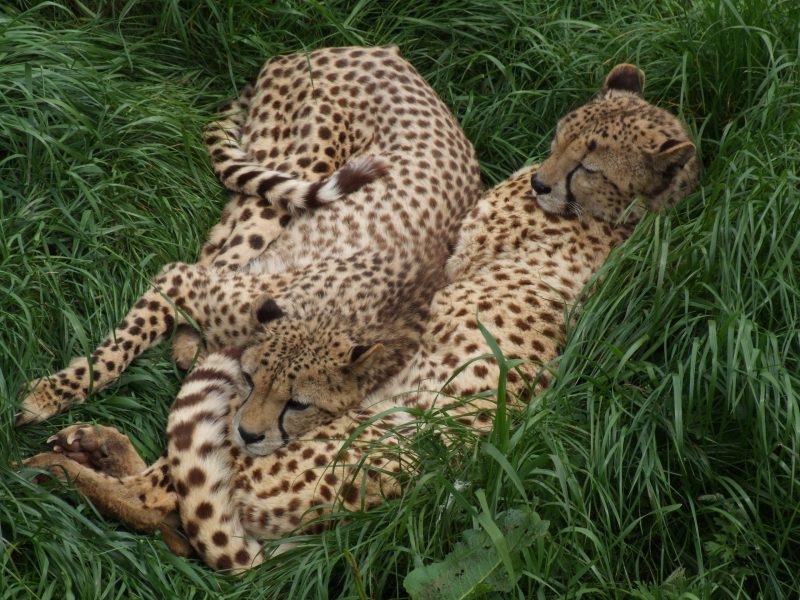Deadly Disease Of Cheetahs In Kenya
The survival odds of the beautiful cheetah, the fastest running animal in the world, is in danger. The IUCN – the International Union for Conservation of Nature – lists it as an endangered species. According to the Cheetah Conservation Fund, an organization that works towards conserving cheetahs, in the 1900s, they used to be in as many as 44 countries. Today, globally, only around 15,000 of these feral cats remain in about 25 countries with the largest concentrations being in Kenya and Namibia. So, it is fair to say that cheetahs are in peril of extinction, at least in some regions or even in some countries. Scientists have always been puzzled by how one of the most dominant predators in the wild can reach such a state.
It turns out that, among many other things, diseases seem to be one of the factors that endanger the animals. It may be fascinating to know that diseases happen not only in the wild but also in captivity. In these modern days of advanced medical science, it would be a pity if this loss goes unnoticed. Therefore, it is rather important for the workers involved in the conservation of cheetahs to know about the diseases that kill cheetahs, what causes the serious ailments and how to prevent them.
Cause of death
One of the reasons for cheetah’s death is a condition called AA amyloidosis, which is a life-threatening illness of cheetahs similar to mad cow disease and Alzheimer’s. Sadly, this destructive disease affects the regular day-to-day functioning and existence of the animals. It is a disease that spreads internally and can eventually cause organ failure ultimately leading to death. It is a killer that can wipe out huge numbers of cheetahs and cause a substantial dent in its population. At one time, there was an epidemic of AA amyloidosis, and very many cheetahs died of this tragedy. Cheetahs do not seem to be able to outrun this disease, pun intended, despite famously speedy.
Cause of disease
AA amyloidosis is a group of disorders. Its cause is deposits of amyloid A that are tangles or clumps of a bad protein. It does take time for the accumulation of this protein to occur before the cheetahs become sick. The disease develops after the amyloid protein forms insoluble fibrils that are harmless otherwise but misfolds dangerously. A cheetah with the weak immune system gets this disease more rapidly than others. So, the culprit and the cause of this lethal disease is rotten proteins inside the body of the cheetah. No one has been able to determine how proteins that are inside the body of cheetah can turn poisonous. The inner working of this occurrence is still a mystery to many in the field who study the lives of cheetahs. But these malformed and abnormal versions of proteins metamorphose and mutate their brethren.
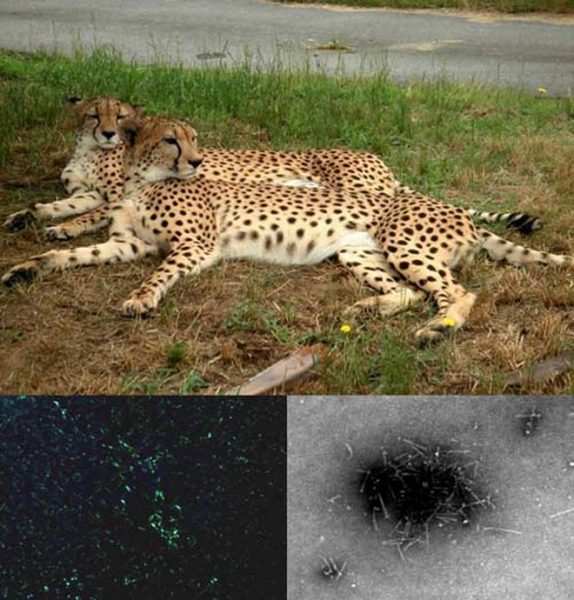
The infestation and invasion of unhealthy cells get rotten inside out and destroys the fit ones Source: Live Science
The infestation and invasion of unhealthy cells get rotten inside out and destroys the fit ones. In other words, the abnormal clumps convert healthy proteins into misshapen ones exponentially. Through this process that snowballs into deposits of damaging protein, the clumps of AA amyloidosis build up in the liver, spleen and kidney, typically following an inflammatory disease in the stomach. Eventually, the condition deteriorates to such an extent that the sick animals then die of kidney failure. Interestingly, using the same phenomena, in the case of mad cow disease and Alzheimer’s, brain contains a high concentration of such fibers of irregular protein instead of other internal organs.
Spread of disease
AA amyloidosis can spread from one cheetah to another like an infectious disease. But since it is not a virus or bacteria that causes it, it was unclear about how the spread of disease occurs. Recently a team from the Shinshu University in Matsumoto, Japan, thinks the feces might be responsible for the disease amongst cheetahs.
Researchers from China and Japan found the presence of these deadly fibrils in the feces of cheetahs. The feces contain fragile, small amyloid proteins that proved effective at triggering AA amyloidosis. In the study, the team of researchers discovered that amyloid-laden tissues taken from the dead cats could transmit the sickness to mice. So, they injected mice with amyloid extracted from the feces or liver of the animal that died from the disease at age four. Sure enough, the group found out that the inserted fecal protein from the cheetah did transmit it to the mice. Similarly, contaminated protein from three other cheetah’s feces also transferred it to others. They report in the journals that when they injected the mice with the excrement from cheetahs that died of AA amyloidosis, the mice contracted the disease and they developed amyloidosis.
Cause of spread
The team suggests that the same phenomena that happened to mice might also happen to cheetahs. But what they did not know was how cheetahs might be passing AA amyloidosis amongst themselves if at all. Further research found that cheetahs get this Alzheimer’s-like disease by eating fecal proteins of their brethren. They contract the deadly disease by injecting excrement into their stomachs during grooming or via contaminated food. The biologists say the fecal protein could be present in the soil where the cheetahs lie and their fur pick it up, causing it to spread while grooming each other.
Prevention of disease
The researchers opine that determining the cause of the spread of AA amyloidosis is crucial in preventing its spread. Preventing these felines from consuming their droppings might help keep them alive longer. Also, inbreeding and crowded living in captivity make cheetahs more disposed and vulnerable to AA amyloidosis. Controlling the disease may involve identifying other factors as well such as stress that makes the animals prone to the malady. The research team also found a gene variation in the animals that make them particularly vulnerable to amyloidosis. Hence, future disease prevention efforts would do well if conservationists focus breeding of the cheetahs that lack this unhealthy gene variant.
5 Frequently Asked Questions About Cheetahs Diseases
To receive a colourful digibook about cheetah with videos, images and text, please fill out the following form or simply email us on safaris@safari-center.com

